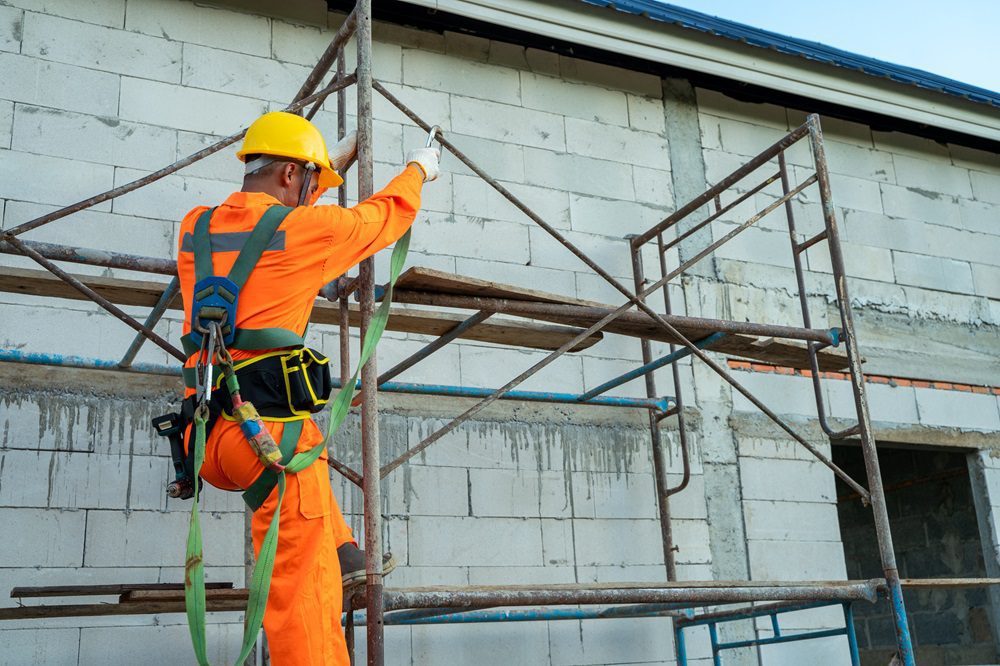Firstly – What is Construction Work?
Construction work is defined in section 289 of the harmonised WHS Regulations. Construction work means:
“any work carried out inconnection with the construction, alteration, conversion, fitting-out, commissioning, renovation, repair, maintenance, refurbishment, demolition, decommissioning or dismantling of a structure.”
This section also states that construction work includes the following:
- any installation or testing carried out in connection with an activity referred to above
- the removal from the workplace of any product or waste resulting from demolition
- the prefabrication or testing of elements, at a place specifically established for the construction work, for use in construction work
- the assembly of prefabricated elements to form a structure, or the disassembly of prefabricated elements forming part of a structure
- the installation, testing or maintenance of an essential service in relation to a structure
- any work connected with an excavation
- any work connected with any preparatory work or site preparation (including landscaping as part of site preparation)
- carried out in connection with an activity referred to above
- an activity referred to above that is carried out on, under or near water, including work on buoys and obstructions to navigation.
What is “High Risk” Construction Work?
High risk construction work is defined in section 291 of the harmonised WHS Regulations:
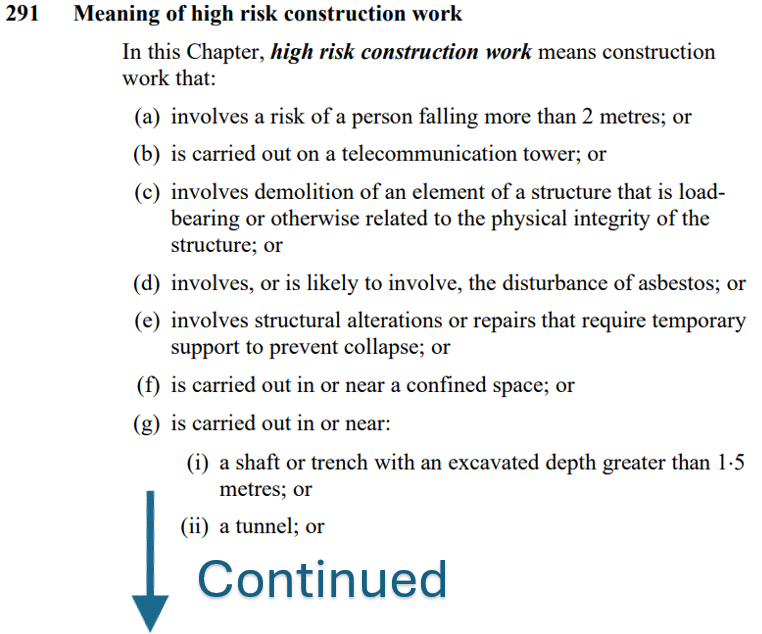
These activities are defined as high risk due to their inherently dangerous nature and the potential for serious injury or death/s.
High Risk Construction Work Activities: A Closer Look (With Examples)
The following is a list of high-risk construction activities with examples:
- Work At Heights Over 2m: E.g. Roofing or skylight installation.
- Work On a Telecommunication Tower: E.g. Climbing and performing maintenance on a telecoms tower.
- Demolition of a Load Bearing Structure: E.g. Demolition of a multi-story structure.
- Work That Is Likely to Disturb Asbestos (including Asbestos Removal): E.g. A bathroom renovation that involves removing old asbestos sheeting.
- Structural Alterations that Require Temporary Support: E.g.Removing and replacing a load-bearing wall.
- Work In Confined Spaces: E.g. Entering a sewer manhole to perform maintenance.
- Work Inside a Trench or Excavation over 1.5m or Tunnel: E.g. Entering a trench during pipelaying activities.
- Work with Explosives: E.g. Demolition that uses explosives.
- Work On or Near Pressurised Gas Lines: E.g. Digging in a residential area where gas distribution lines are located.
- Work On or Near Chemical, Fuel or Refrigerant Lines: E.g. Installing or repairing fuel lines at a service station.
- Work On or Near Energised Electrical Installations: E.g. Repairing high voltage transformers on live equipment.
- Work that may Involve a Contaminated or Flammable Atmosphere: E.g. Working in a pipe that may have hydrogen sulfide gas buildup.
- Involves Tilt-Up or Precast Concrete: E.g. Erecting large tilt-up concrete panels for the walls of a warehouse.
- Work On or Next to a Road, Rail, Shipping or Other Traffic Corridor: E.g. Traffic management or surveying work on an active roadway.
- Work In an Area with Mobile Plant: E.g. Using a bobcat to spread gravel or rock.
- Work In Artificial Extreme Temperatures: E.g. Performing maintenance inside a cryogenic storage facility where temperatures are extremely low.
- Work In or Near Water or Liquid That Risks Drowning: E.g. Performing inspections in a reservoir.
- Diving Work: E.g. Underwater welding to repair a pipeline.
What is Legally Required for High Risk Construction Work?
The legal requirements for high risk construction work are outlined in Part 6.3 of the Regulations. These sections place legal duties on the PCBU in charge of the high risk construction work, and mostly relate to the provision and adequacy of Safe Work Method Statements (SWMS). We have a detailed guide on Safe Work Method Statements.
Safe Work Method Statements (SWMS)
Section 299 states that the PCBU in charge of high risk construction work must ensure that a Safe Work Method Statement (SWMS) has been prepared for the task.

Section 299 goes on to list some specific requirements for the SWMS, including that the SWMS must:
- Identify the type of high risk construction work
- Specify the hazards involved and controls required
- Describe how the control measures are to be implemented, monitored and reviewed
- Be set out and expressed in a way t hat is readily accessible and understandable
The SWMS must also take into consideration:
- Circumstances that may affect the way in which the high risk construction work is carried out
- The contents of the Health and Safety Management Plan (if one exists)
A SWMS will typically cover a range of hazards and control measures, including:
- Personal protective equipment (PPE) requirements
- Plant and machinery hazards
- Hazardous substances
- Administrative controls, like training or procedures
Ensuring Compliance with Safe Work Method Statements (SWMS)
Section 300 states that the PCBU in charge of the high risk construction work must put in place measures to ensure the workers comply with the SWMS. This could include measure like:
- Performing inspections or audits
- Providing adequate supervision
- Providing training and instruction to workers

Supplying Principal Contractor with SWMS
Section 300 states that the PCBU in charge of high risk construction work must supply the Principal Contractor with a copy of the SWMS (assuming there is a Principal Contractor on site).

What Else Can Companies Do to Ensure Safety During High Risk Construction?
Companies can ensure safety in high-risk construction work activities by implementing the following measures:
- Ensure staff are trained and competent. This may include:
- General construction induction (white cards)
- Site inductions
- Working at heights training
- Confined spaces training
- Plant / operator licenses and tickets.
- Ensure the worksite is well managed. This may include:
- Site fencing and signage is adequate
- Hazards are identified and well managed
- Fall protection (e.g. handrails)
- Ensure plant and equipment is well maintained and fit for purpose. This may include:
- Machinery
- Hand and powertools
- PPE
- Provide proper Personal Protective Equipment (PPE). This may include:
- Steel-capped boots
- Safety glasses
- High-vis clothing
- Harnesses
- Respiratory protection
- Hardhats
- Ensure consultation between workers and other trades. This may include:
- Daily pre-start meetings
- Weekly toolbox talks
- Contractor meetings (or Simops meetings)
- Ensure compliance with legal requirements. This may include the following codes of practice:
- The following may also assist:
- Perform regular risk assessments
- Implement a WHS Management System
- Perform regular inspections and audits
By following these steps, companies can create a safer work environment for their employees and reduce the risk of accidents and injuries in high-risk construction work activities.
Why Choose Spire Safety Consultants?
When it comes to managing high-risk construction work activities, Spire Safety Consultants is your go-to partner. Why, you ask? Here’s why:
- Experience: We’ve been in the game for years, and we know the ins and outs of construction safety like the back of our hand.
- Expertise: Our team of safety consultants are certified professionals who live and breathe workplace safety.
- Custom Solutions: We don’t believe in one-size-fits-all. We tailor our safety strategies to fit your unique needs.
- Training: We don’t just tell you what to do, we show you how to do it. Our hands-on training programs are second to none.
- Support: We’re with you every step of the way, providing ongoing support to ensure your workplace remains safe and compliant.
FAQs
Q: What are high-risk construction work activities?
A: High-risk construction work activities are tasks that have a high potential for causing serious harm or fatality if not managed properly.
Q: How can I manage these risks?
A: The best way to manage these risks is through proper training, the use of safety equipment, and adherence to safety protocols.
Q: Why should I choose Spire Safety Consultants?
A: With our wealth of experience, expertise, and commitment to custom solutions, we’re the best choice for managing your construction safety needs.
Conclusion
So there you have it, folks! A rundown of the 18 high-risk construction work activities that make the construction industry a challenging field when it comes to safety.
But remember, with the right knowledge, training, and support (like what you get from Spire Safety Consultants), these risks can be effectively managed. After all, safety isn’t just about avoiding danger, it’s about creating a work environment where everyone can do their best work without fear.
So let’s build a safer future together! Remember, “Safety is a cheap and effective insurance policy.” Stay safe, everyone!
We help clients from any industry implement practical and cost-effective workplace safety solutions according to their individual needs. Our consultants are experts in their field and are committed to providing high-quality workplace safety services.
WHS Compliance Auditing
WHS Audits will help businesses determine what legal responsibilities are being met and what areas have gaps in safety management.
Our WHS Compliance Auditing service is designed to ensure your business not only meets but exceeds the rigorous standards set for workplace health and safety.
Through a comprehensive review of your current practices, policies, and procedures, we identify potential gaps in compliance and provide actionable recommendations to mitigate risks. Our expert team stays abreast of the latest regulations and industry best practices, offering you peace of mind that your operations are safeguarded against potential liabilities.
Partner with us to foster a safer work environment, enhance employee well-being, and secure your company’s reputation as a leader in health and safety excellence!
ISO Certification
Achieving ISO accreditation from an accredited certification is a vital ambition for corporations looking to demonstrate their commitment to HSEQ performance.
Our ISO Certification service is tailored to guide your business through the intricate process of achieving and maintaining ISO standards compliance.
By leveraging our deep understanding of the ISO framework and industry-specific requirements, we offer a structured approach to prepare your organization for certification. From initial gap analysis to implementing process improvements and conducting internal audits, our team supports you every step of the way.
Let us help you demonstrate your commitment to quality, sustainability, and continuous improvement, setting your business apart in the competitive landscape.
System & Procedure Development
Management systems and procedures outline how the business manages its responsibilities and document how critical functions are performed.
Our Safety System and Procedure Development service is meticulously crafted to build robust safety frameworks tailored to your organization’s unique needs.
Recognizing the critical importance of workplace safety, we work closely with you to develop and implement comprehensive safety systems and procedures that not only comply with regulatory standards but also promote a culture of safety and responsibility. From risk assessments and safety planning to training programs and emergency response strategies, our expert team provides end-to-end support.
By partnering with us, you empower your business to minimize risks, protect employees, and enhance operational efficiency!
WHS Training & Gap Analysis
Legally, staff must be trained and competent to perform their jobs. As a rule, the amount and level of training should be directly proportional to the safety risk involved with the job.
Our WHS Training and Gap Analysis service offers a dual approach to fortifying your workplace safety and compliance.
Starting with a thorough gap analysis, we meticulously evaluate your current WHS practices against industry standards and regulatory requirements, identifying areas for improvement and providing clear, actionable insights.
By choosing our service, you not only elevate your compliance and safety standards but also empower your employees with the knowledge and skills to maintain a safe working environment!
Other Safety Services & Advice
Spire Safety can provide experienced and qualified safety professionals wherever and whenever you need them.
Understanding that each business faces unique challenges, we provide Other Safety Services and Advice tailored to your specific requirements. Whether you need assistance with ergonomic assessments, chemical safety management, mental health initiatives, or any other safety concern, our expert team is equipped to deliver.
We offer practical advice, innovative strategies, and hands-on support to ensure your workplace not only meets safety regulations but becomes a benchmark for best practices in your industry.
Partnering with us means gaining access to a wealth of knowledge and experience, dedicated to enhancing the safety, well-being, and productivity of your workforce!
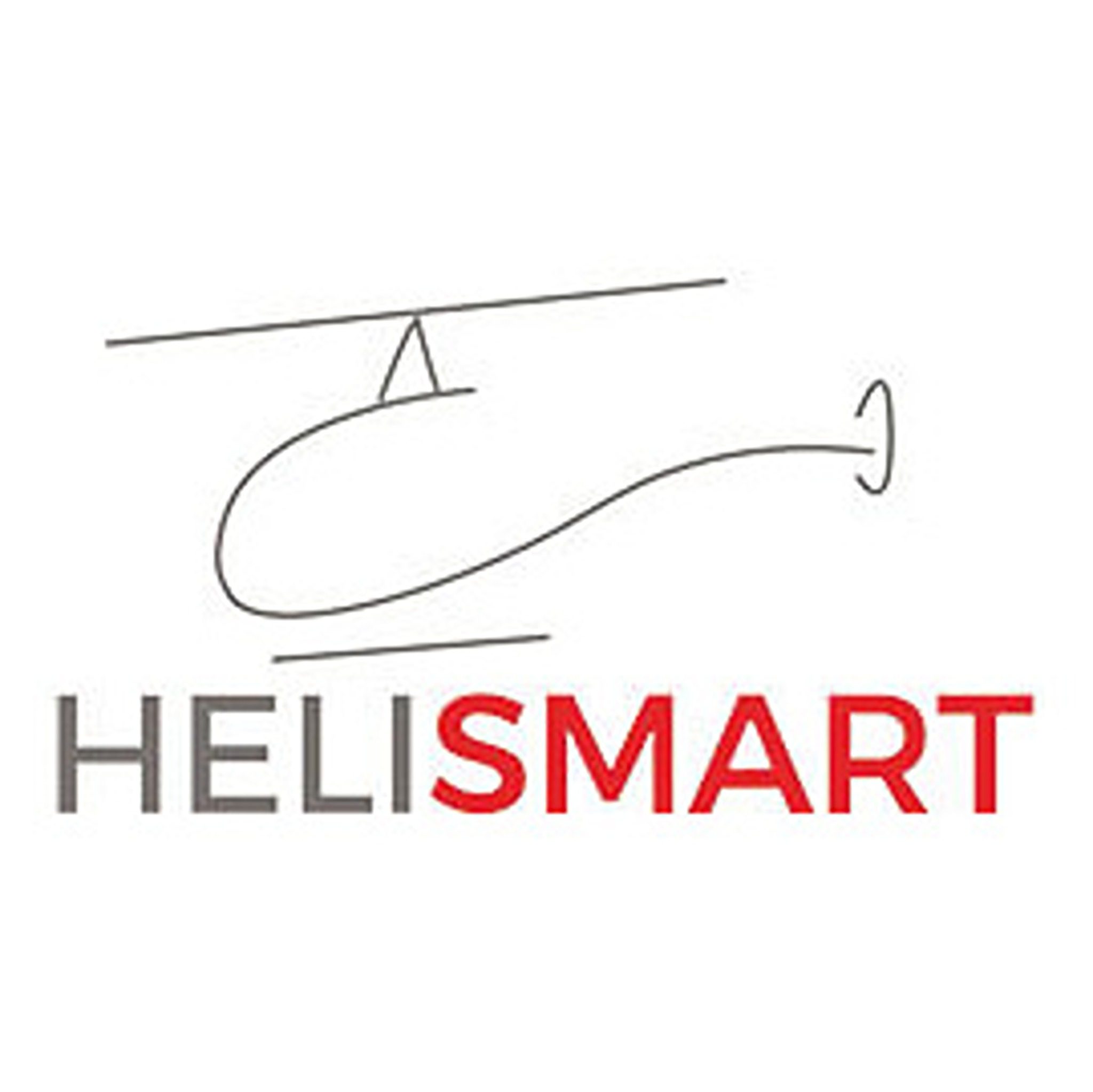
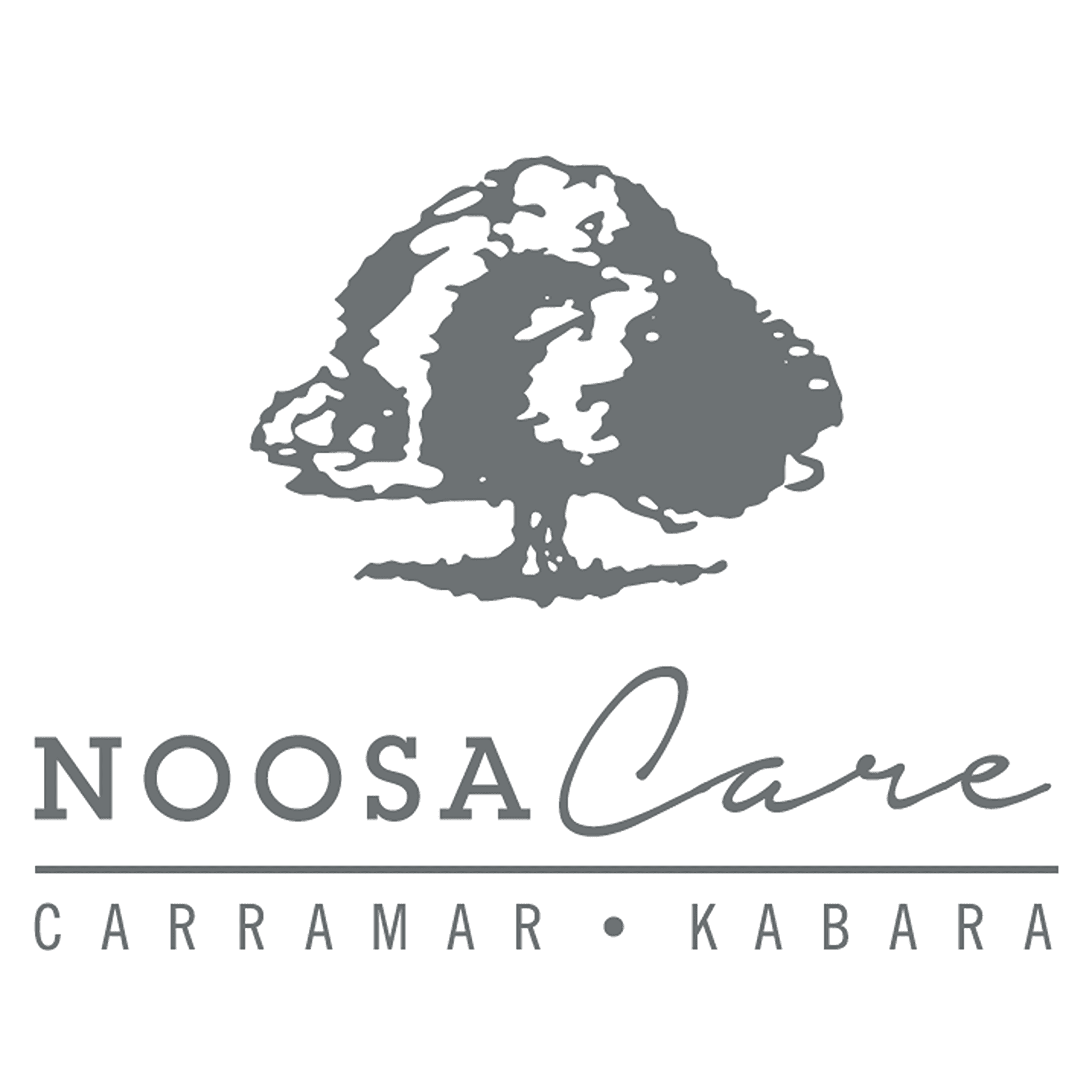
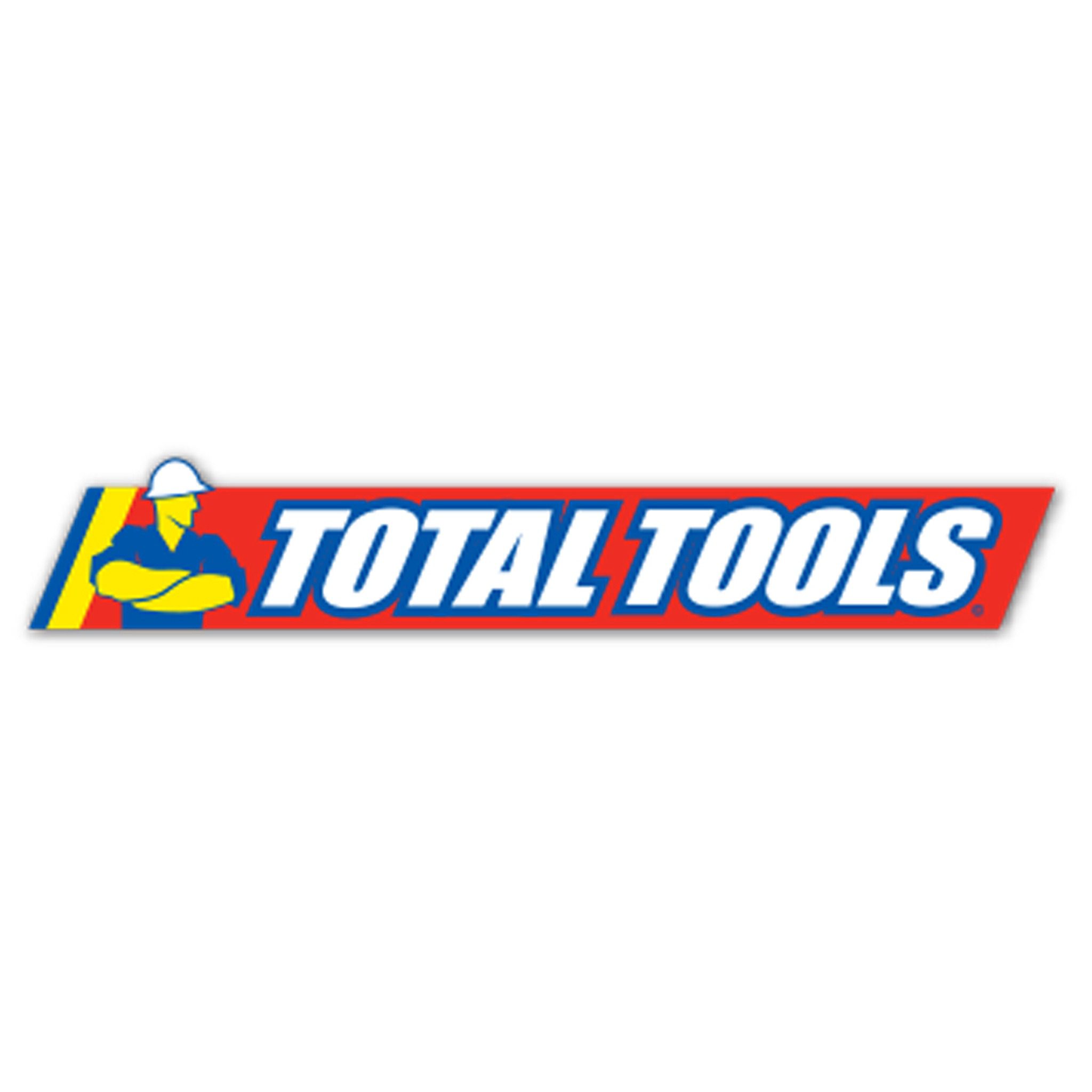
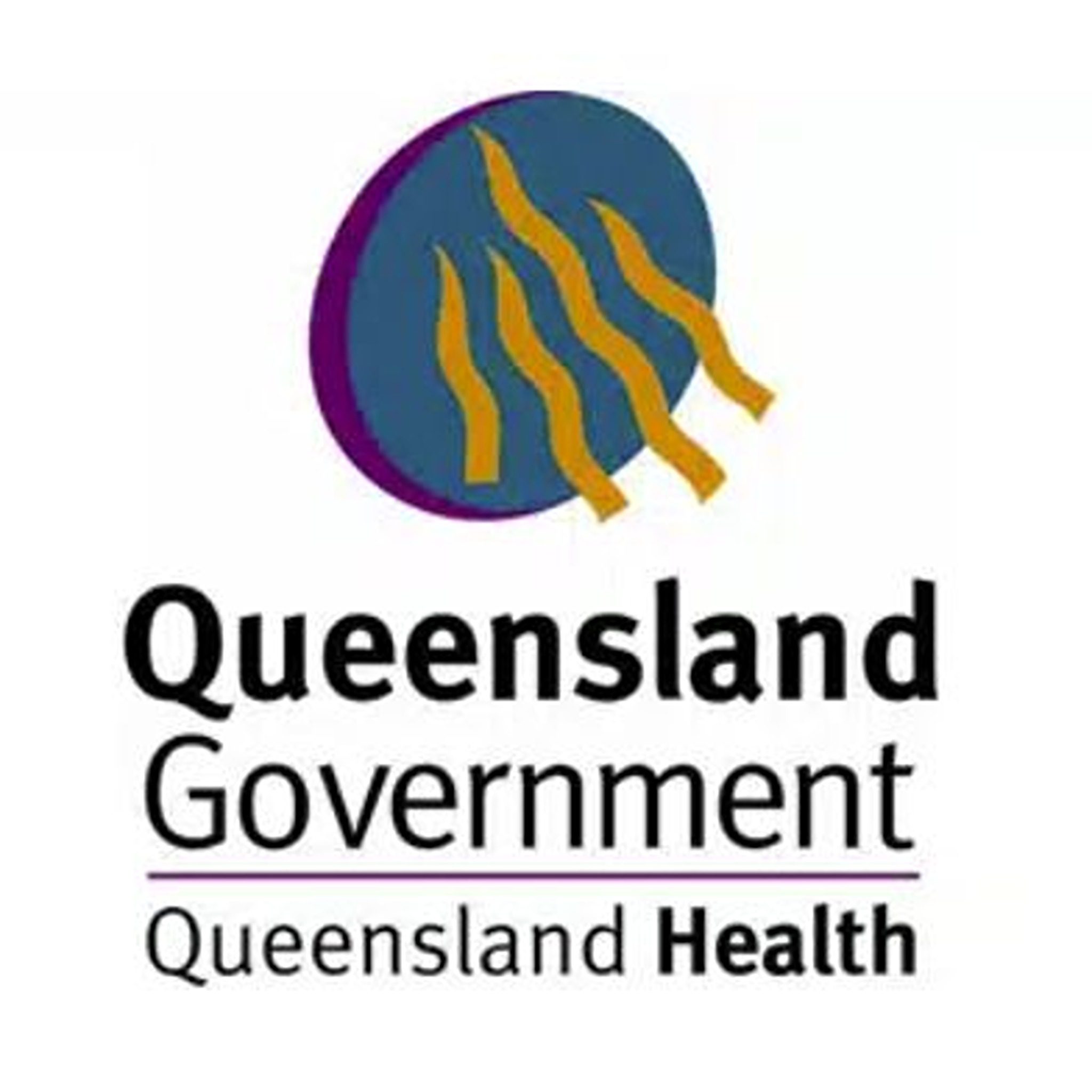
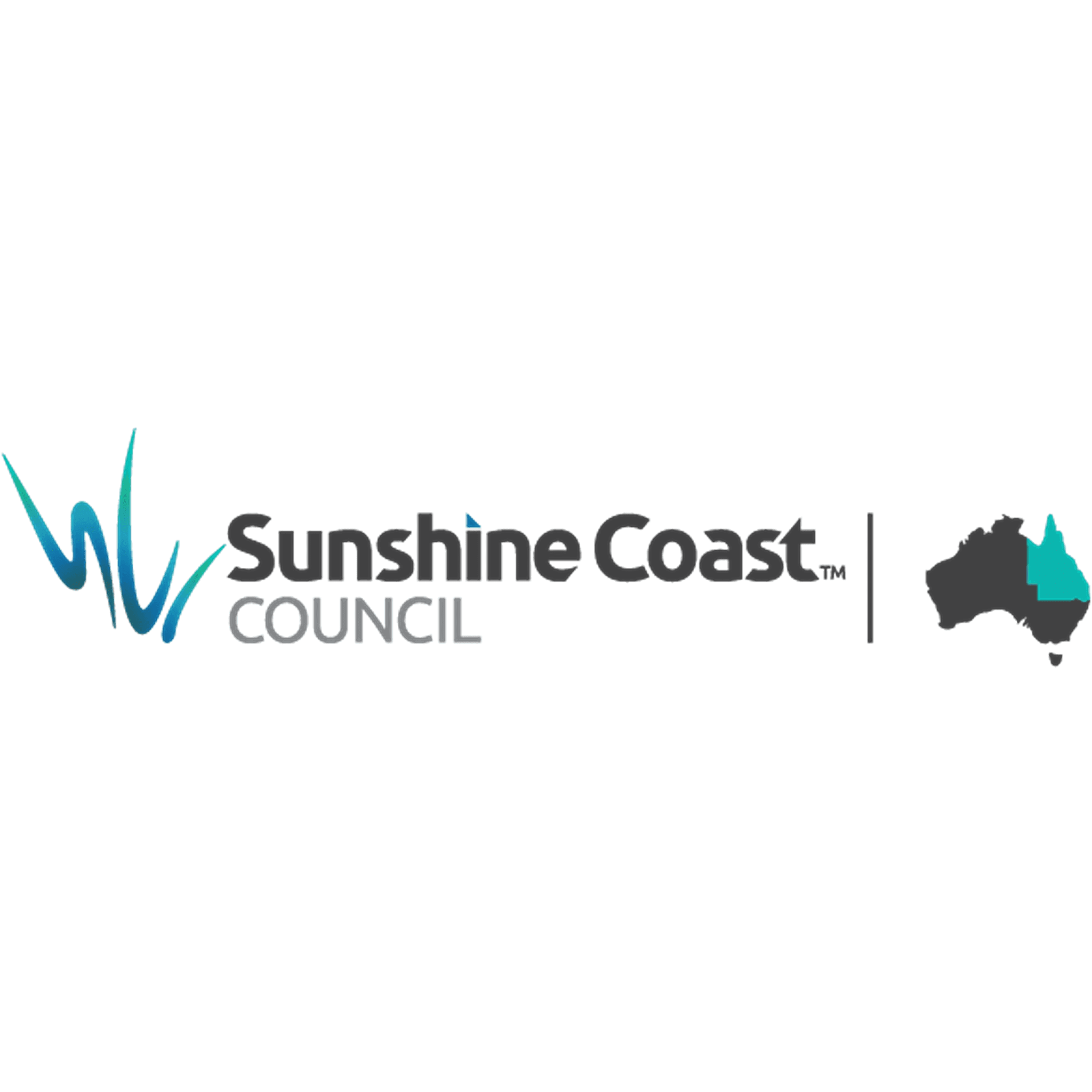




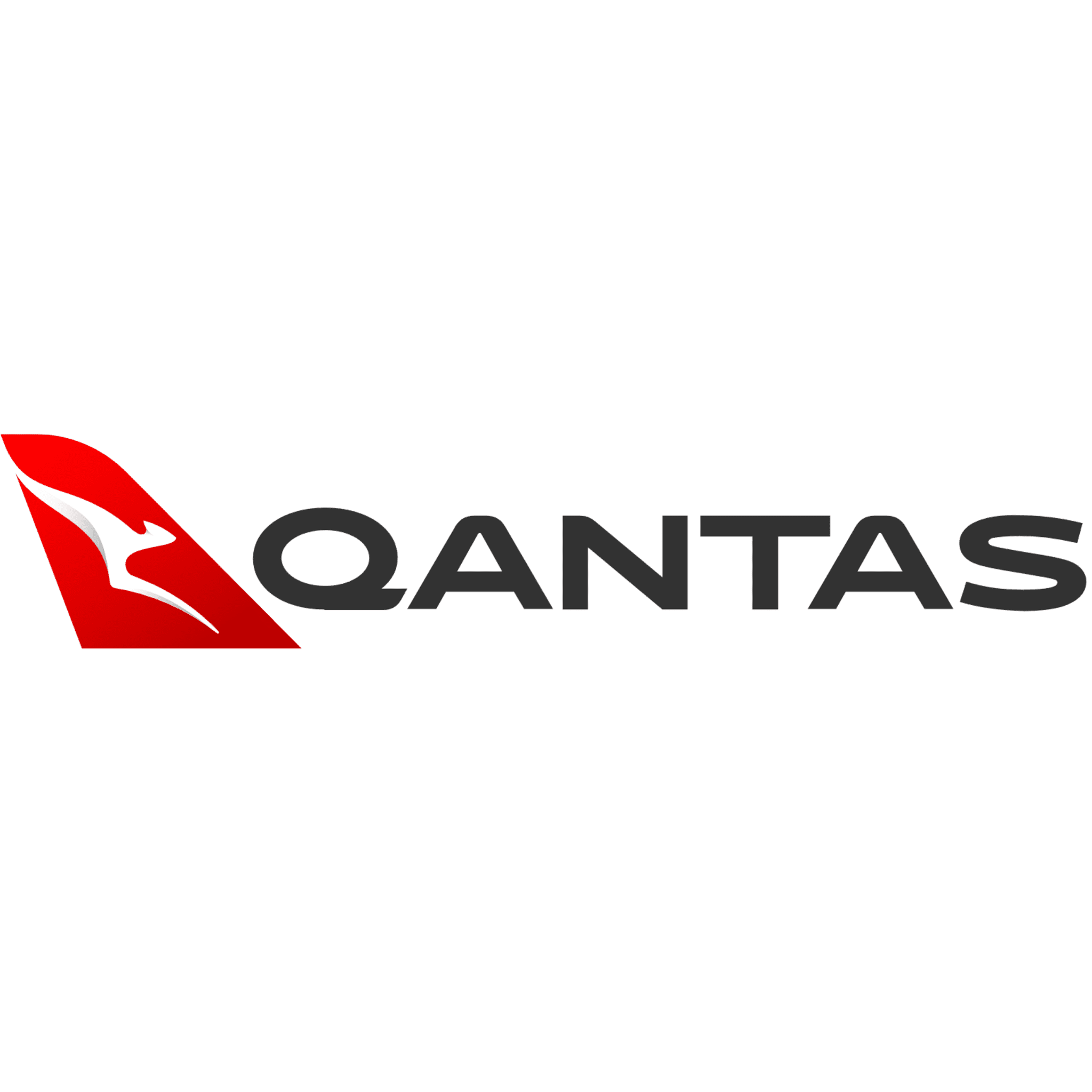
No matter the workplace, no matter the occupation, our consultants are passionate about providing quality advice to ensure the highest standard of compliance, safety culture and wellbeing within your organisation.
Our WHS services:
- WHS Compliance Auditing
- ISO Certification
- System and Procedure Development
- WHS Training and Gap Analysis
- Other Safety Services and Advice
We also offer engaging and interactive training programs suitable for a range of workplaces. All training is conducted by professionals, who are experts in their field and have the relevant training and assessing qualifications. Our training includes courses accredited by ASQA (Australian Skills Quality Authority) and non-accredited courses that can be tailored and specialised to meet our client’s needs.

